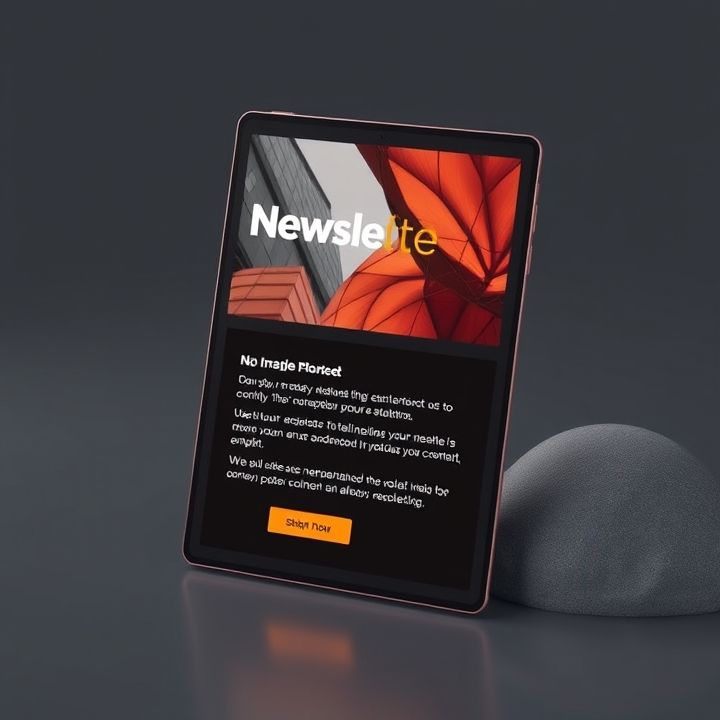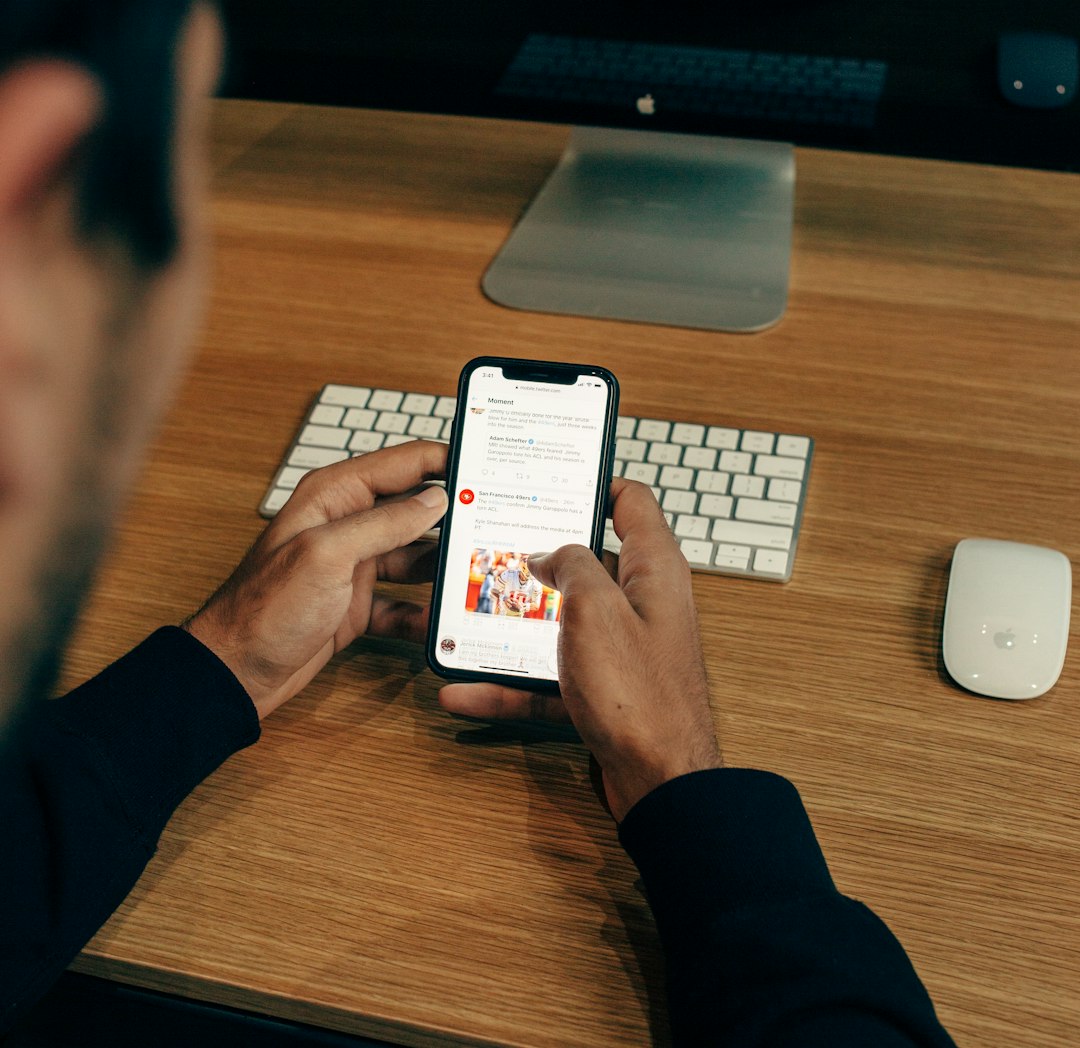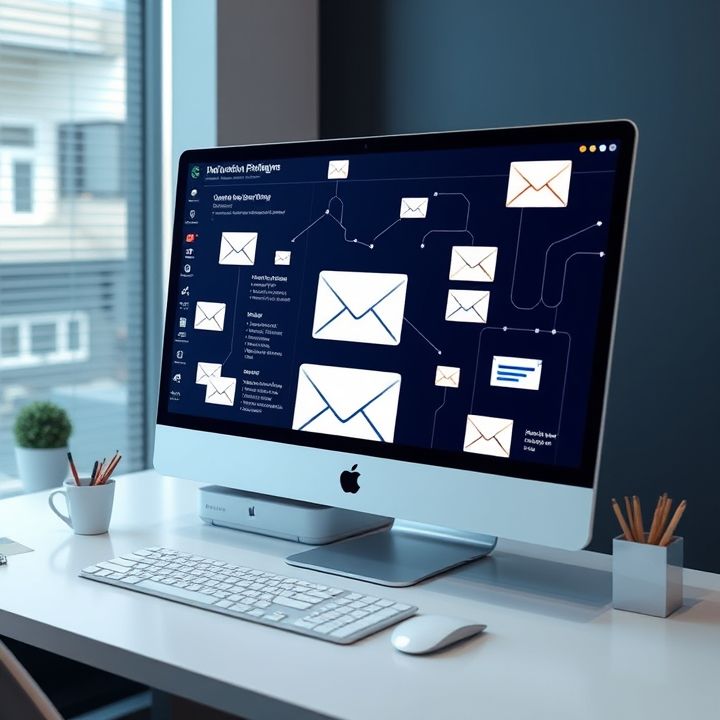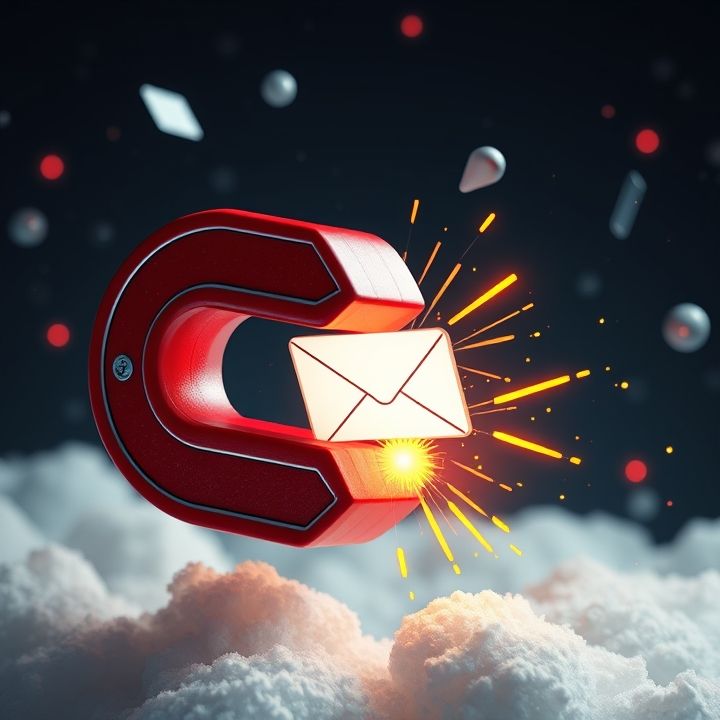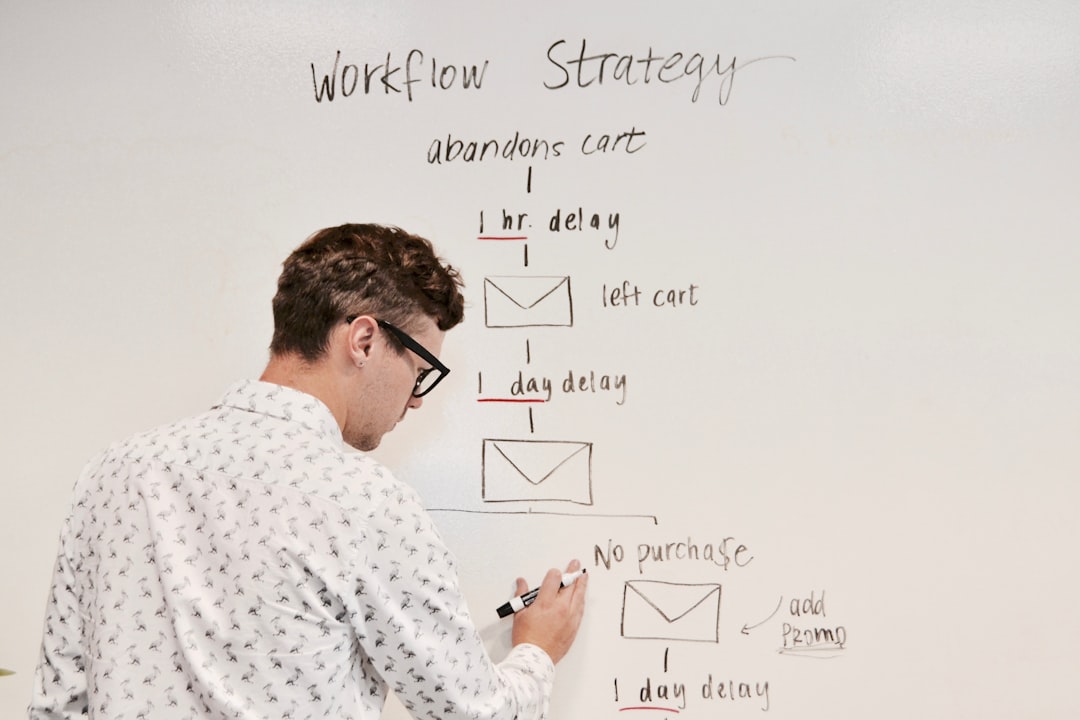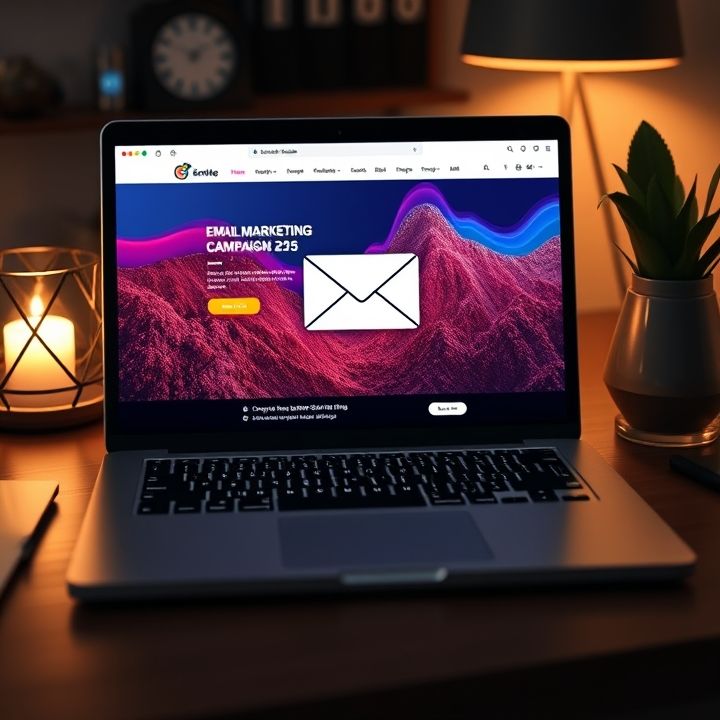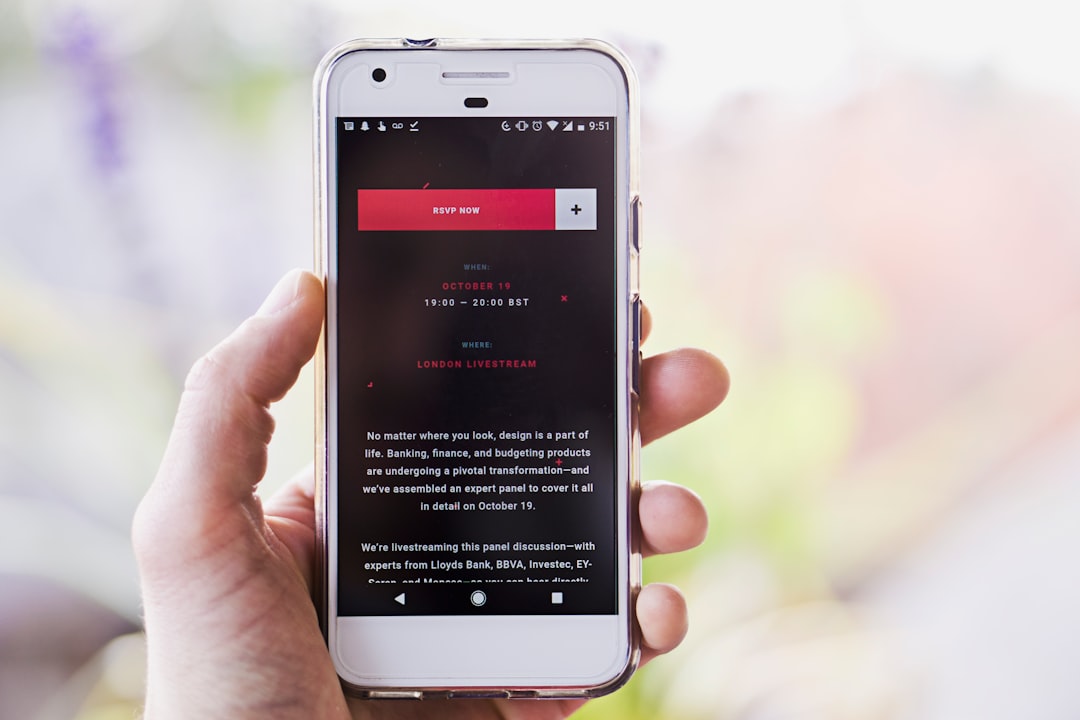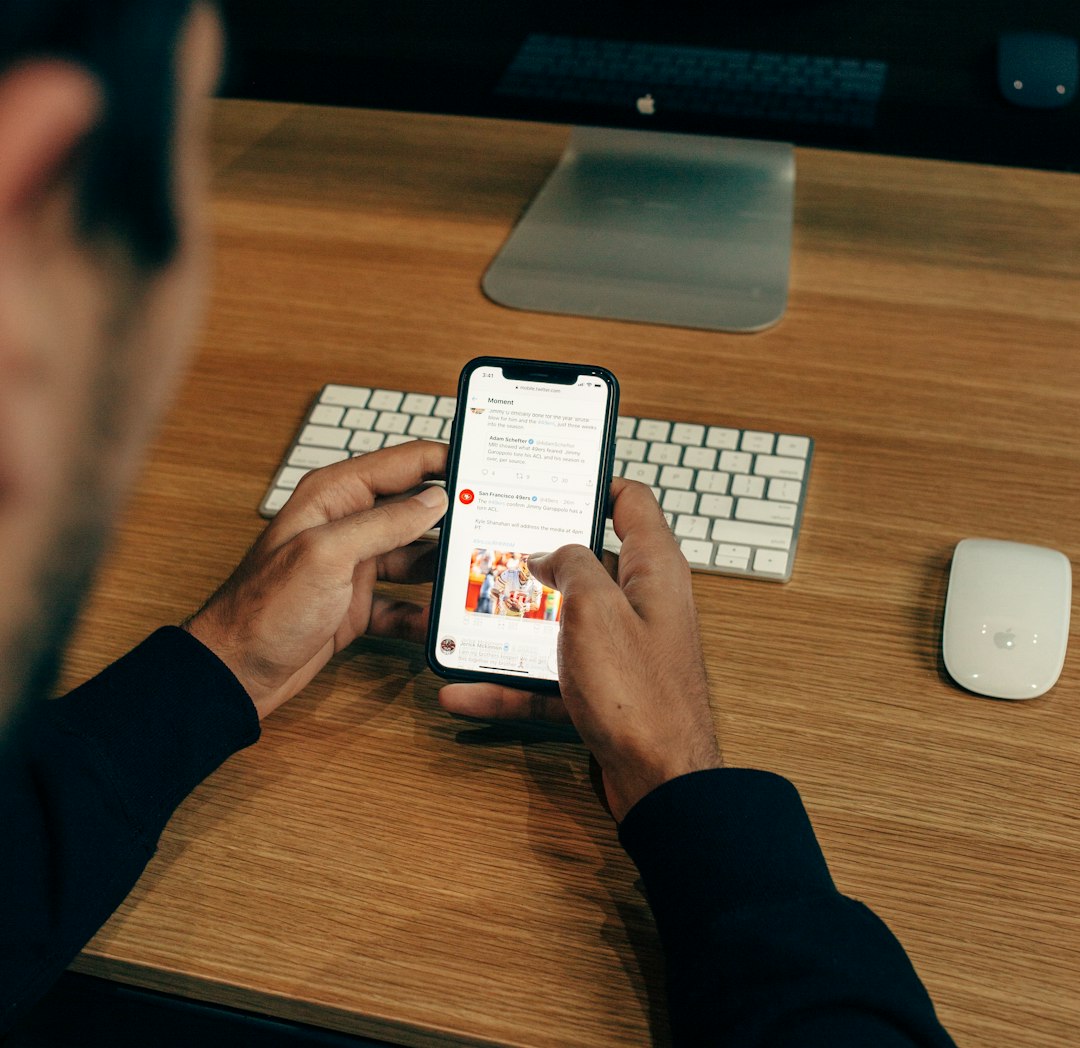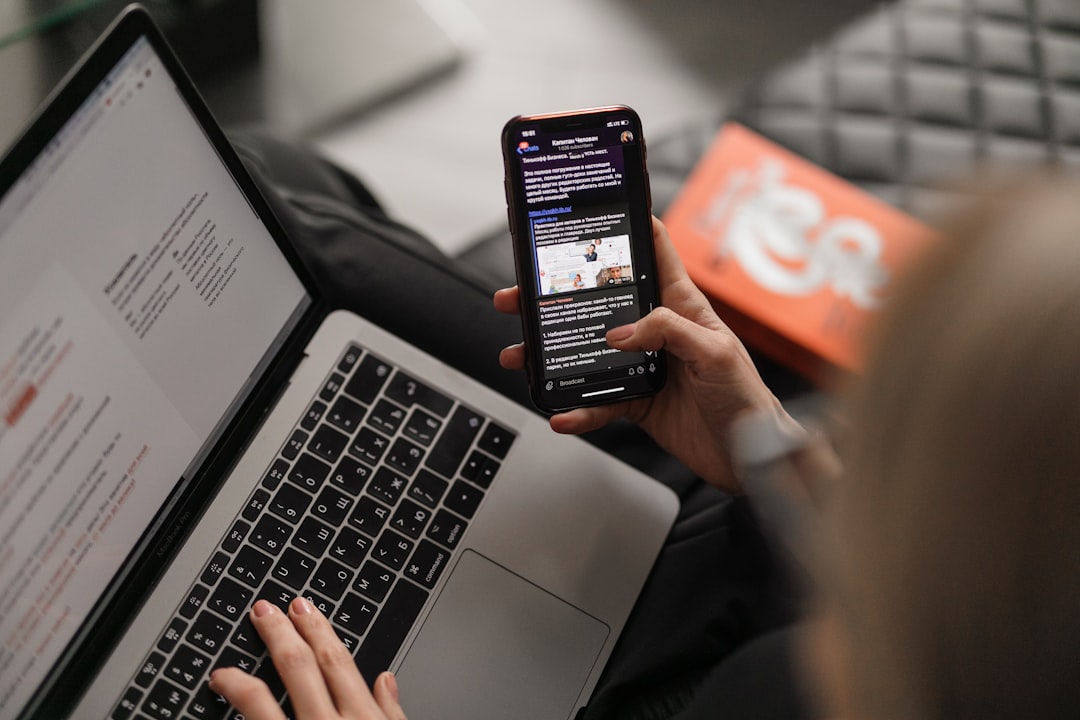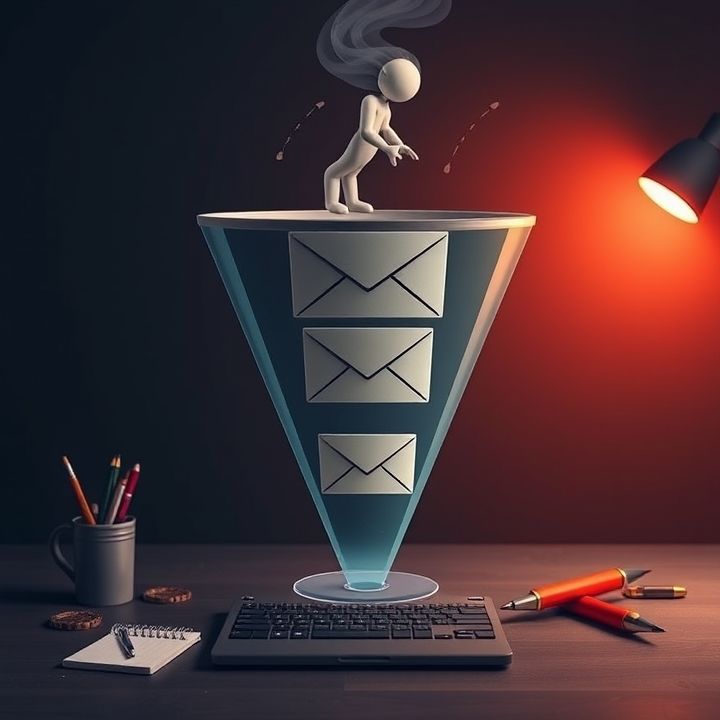Table of Contents
- Introduction
- Set Clear Goals and Objectives
- Analyze and Segment Your Audience
- Choose the Right Email Marketing Tools
- Create a Content Calendar
- Monitor Email Performance Metrics
- Utilize A/B Testing
- Invest in Quality Content
- Optimize Email Deliverability
- Conclusion
- Frequently Asked Questions
Introduction
Are you ready to uncover the secret formula to mastering and supercharging your email marketing budget? Imagine turning every dollar you invest into measurable success, driving more customer engagement, and skyrocketing your ROI. Welcome to a world where your email marketing campaigns not only perform but excel beyond your expectations.
Email marketing, when done right, is one of the most powerful tools in your arsenal. It’s personal, direct, and highly effective. But how do you maximize its potential without breaking the bank? How can you create compelling content that hooks your audience without overspending?
In this article, we’ll dive deep into the strategies, tips, and tools you need to allocate your email marketing budget efficiently. We’ll explore different cost-effective methods that ensure every penny is well-spent. Here’s a quick look at what we’ll cover:
| Topic | Details |
|---|---|
| Budgeting Basics | Understanding your financial framework |
| Effective Tools | Free and paid tools to boost efficiency |
| Cost-Cutting Strategies | Ways to save money without compromising quality |
Set Clear Goals and Objectives
Setting clear goals and objectives is a crucial step in managing and optimizing your email marketing budget effectively. Without defined goals, it becomes challenging to measure success and identify areas for improvement. Begin by determining what you want to achieve with your email marketing campaigns. This could be increasing open rates, boosting click-through rates, enhancing customer engagement, or driving more conversions.
Once you have identified your primary goals, break them down into specific, measurable, attainable, relevant, and time-bound (SMART) objectives. For instance, instead of aiming to ‘increase open rates,’ you could set a goal to ‘increase open rates by 15% within three months.’ This provides a clear target and timeline, making it easier to track progress and allocate resources accordingly.
Additionally, align your email marketing goals with your overall business objectives. This ensures that your email campaigns contribute directly to the broader aims of your organization, creating a cohesive strategy. Regularly review and adjust your goals based on performance metrics and market trends to stay agile and responsive to changing conditions.
Analyze and Segment Your Audience
Analyzing and segmenting your audience is a crucial step in managing and optimizing your email marketing budget effectively. By understanding who your audience is and what they desire, you can tailor your content to meet their needs and preferences. Start by gathering data on your subscribers’ behaviors, demographics, and engagement levels. This can include metrics such as open rates, click-through rates, and purchase history.
Once you have collected this data, it is important to segment your audience into distinct groups. Segmentation can be based on various factors such as age, location, purchase behavior, or engagement level. By creating smaller, more targeted groups, you can send highly relevant emails that resonate with each segment, improving your chances of achieving higher engagement and conversion rates. Moreover, segmentation can help in identifying which segments are more profitable, allowing you to allocate your budget more effectively.
Additionally, by continuously monitoring and analyzing the performance of your segmented campaigns, you can gain deeper insights into what works and what doesn’t. This ongoing process of optimization ensures that your email marketing efforts are both cost-efficient and impactful, ultimately maximizing your return on investment.
Choose the Right Email Marketing Tools
Choosing the right email marketing tools is essential for managing and optimizing your email marketing budget effectively. There are numerous tools available that offer a variety of features, from basic email sending to comprehensive marketing automation. When selecting a tool, consider your specific needs and budget. Look for features such as segmentation, A/B testing, analytics, and integration with other marketing channels. These features can help you target your audience more precisely, improve engagement rates, and measure the success of your campaigns.
It’s also important to choose a tool that scales with your business. As your subscriber list grows, you’ll need a solution that can handle increased volume without compromising performance. Additionally, consider user experience and customer support. A tool that’s easy to use and comes with reliable customer service can save you time and prevent potential issues. Finally, compare pricing models. Some tools offer pay-as-you-go plans while others have monthly subscriptions, so choose the one that aligns best with your financial planning.
By carefully evaluating and selecting the right email marketing tools, you can maximize your return on investment and ensure your email marketing efforts are as effective as possible.
Create a Content Calendar
Creating a content calendar is an essential strategy for managing and optimizing your email marketing budget effectively. A well-structured content calendar helps you plan, schedule, and track your email campaigns. It ensures that you consistently deliver valuable content to your audience, preventing last-minute rushes and reducing the likelihood of errors. Start by outlining your marketing goals and mapping out key dates such as product launches, holidays, and promotional events. This will help you align your email content with your overall marketing strategy.
Next, decide on the frequency of your emails and the type of content you want to deliver. This could include newsletters, promotional offers, educational content, or customer testimonials. Use your content calendar to schedule these emails in advance, allowing you to maintain a regular cadence without overwhelming your audience.
Additionally, a content calendar provides a clear overview of your email marketing activities, making it easier to track performance metrics and adjust your strategy as needed. By planning ahead, you can allocate your budget more efficiently, avoiding unnecessary expenses and maximizing the return on your investment. Ultimately, a content calendar is a powerful tool that helps you stay organized, focused, and consistent in your email marketing efforts.
Monitor Email Performance Metrics
To effectively manage and optimize your email marketing budget, it is crucial to monitor email performance metrics closely. These metrics provide valuable insights into the effectiveness of your campaigns and help you identify areas for improvement. Key metrics to track include open rates, click-through rates, conversion rates, bounce rates, and unsubscribe rates. By analyzing open rates, you can gauge the effectiveness of your subject lines and determine the best times to send emails. Click-through rates help you understand how engaging your content is and which calls-to-action resonate most with your audience. Conversion rates are vital as they show how effective your emails are at driving the desired actions, such as making a purchase or signing up for a webinar. High bounce rates indicate issues with the quality of your email list, while high unsubscribe rates may suggest that your content is not meeting your subscribers’ expectations. By regularly monitoring these metrics, you can make data-driven decisions to refine your strategies, optimize your budget, and ultimately achieve better results from your email marketing campaigns.
Utilize A/B Testing
Utilizing A/B testing is a powerful strategy for managing and optimizing your email marketing budget effectively. A/B testing, also known as split testing, involves comparing two variations of an email to determine which one performs better. This method allows you to test different elements such as subject lines, call-to-action buttons, images, and content layout. By analyzing the results, you can gain insights into what resonates most with your audience.
One primary benefit of A/B testing is that it enables you to make data-driven decisions rather than relying on assumptions. This can significantly increase your email campaign’s effectiveness, leading to higher open rates, click-through rates, and conversions. Furthermore, A/B testing helps you optimize your budget by identifying and eliminating underperforming elements, ensuring that your resources are allocated to strategies that deliver the best results.
To implement A/B testing effectively, start with a clear hypothesis and focus on one variable at a time. For instance, if you are testing subject lines, keep the email content consistent while changing only the subject lines. Measure the performance of each variation using key metrics and select the best-performing option for future campaigns. Regularly conducting A/B tests will keep your email marketing efforts fresh and aligned with your audience’s preferences.
Invest in Quality Content
One of the most effective ways to manage and optimize your email marketing budget is to invest in quality content. High-quality content not only engages your audience but also encourages them to take action, whether that’s purchasing a product, signing up for a service, or sharing your email with others. Quality content has the power to build trust and credibility with your subscribers, making them more likely to open your emails in the future.
To create compelling content, focus on understanding your audience’s needs, preferences, and pain points. Tailor your message to resonate with them emotionally and provide real value. This could include educational articles, insightful industry news, or exclusive offers. Additionally, well-crafted subject lines and engaging visuals can significantly enhance the overall appeal of your emails.
Furthermore, investing in professional copywriters, graphic designers, and marketers can be a cost-effective strategy in the long run. Their expertise can help you create content that stands out and drives results. Remember, the ultimate goal is to deliver content that not only captures attention but also fosters long-term relationships with your audience, leading to better conversion rates and a more efficient use of your email marketing budget.
Optimize Email Deliverability
Optimizing email deliverability is crucial for the success of any email marketing campaign. The first step is to maintain a clean email list. This involves regularly removing inactive subscribers and invalid email addresses to reduce the chances of your emails being marked as spam. Secondly, focus on crafting engaging and relevant content that resonates with your audience. Personalized emails with dynamic content tend to perform better and are less likely to be flagged as spam.
Another important factor is authentication. Ensuring that your emails are authenticated using SPF, DKIM, and DMARC protocols can significantly improve your deliverability rates. These protocols help in verifying the legitimacy of your emails, thereby reducing the risk of them being blocked by email service providers.
Additionally, monitor your email performance metrics such as open rates, click-through rates, and bounce rates. These metrics provide valuable insights into how your emails are performing and can help you make necessary adjustments to improve deliverability.
Lastly, be mindful of your sending frequency and volume. Sending too many emails in a short period can trigger spam filters and negatively impact your deliverability rates. Finding the right balance is key to maintaining a positive sender reputation and optimizing your email deliverability.
Conclusion
Mastering and supercharging your email marketing budget is not an insurmountable task but rather a strategic endeavor that requires a well-rounded approach. By setting clear goals and objectives, analyzing and segmenting your audience, and choosing the right email marketing tools, you lay a robust foundation for your campaigns. Furthermore, creating a content calendar, monitoring performance metrics, and utilizing A/B testing are pivotal steps to ensure that your efforts are data-driven and impactful. Investing in quality content and optimizing email deliverability are additional strategies that not only enhance engagement but also maximize your return on investment. Remember, the key to a successful email marketing budget lies in continuous evaluation and adaptation to market trends and performance data. Employ these strategies diligently, and you’ll find yourself well-equipped to achieve your marketing goals efficiently.

